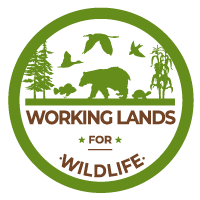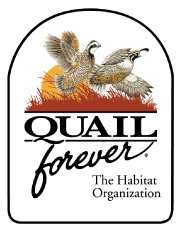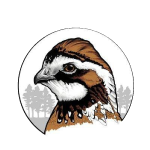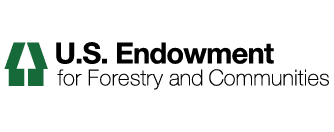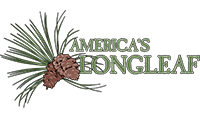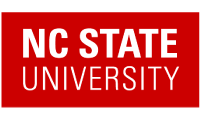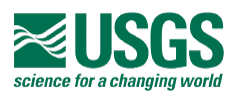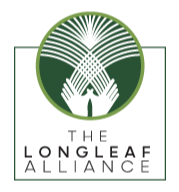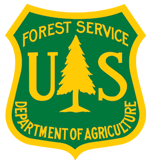Fire Lines Volume 15, Issue 5
RESEARCH BRIEF
Wildfire Severity Reduction Through Prescribed Burning in
the Southeastern United States
Authors: C. Wade Ross, E. Louise Loudermilk, Steven A. Flanagan, Grant Snitker, J. Kevin Hiers, & Joseph J. O’Brien
Wildfire severity is becoming a bigger concern across the U.S. as hotter and drier conditions increase the risk of damaging fires. In the Southeast, where fire-dependent ecosystems are widespread, prescribed fire is already one of the most commonly used tools for reducing fuel loads and maintaining healthy landscapes. While prescribed fire is widely used in the Southeast, relatively few large-scale studies have examined how it reduces wildfire severity to highly valued resources and assets (HVRAs), including wildlife habitat, agricultural areas, and the wildland-urban interface (WUI). This study examined 16 wildfires in Florida and Georgia over ten years, comparing areas that had been treated with prescribed fire to those that had not, to measure the reduction in wildfire severity resulting from prescribed burning.
The results showed that prescribed fire consistently lowered wildfire severity across all types of landscapes, with the greatest benefits within the first one to two years after treatment—especially in the WUI. On average, treated areas burned with 28% less severity than untreated areas, though the effect decreased over time as fuels accumulated again. Despite this, there was high variability in wildfire severity across the treated (i.e., sites that experienced prescribed fire) and untreated sites, reflecting the variation in fire history, landscape features, and productivity and flammability of vegetation. Overall, the research confirms that prescribed fire is a reliable tool for reducing wildfire severity, although its effectiveness depends on how often and when it is applied, as well as surrounding environmental conditions.


